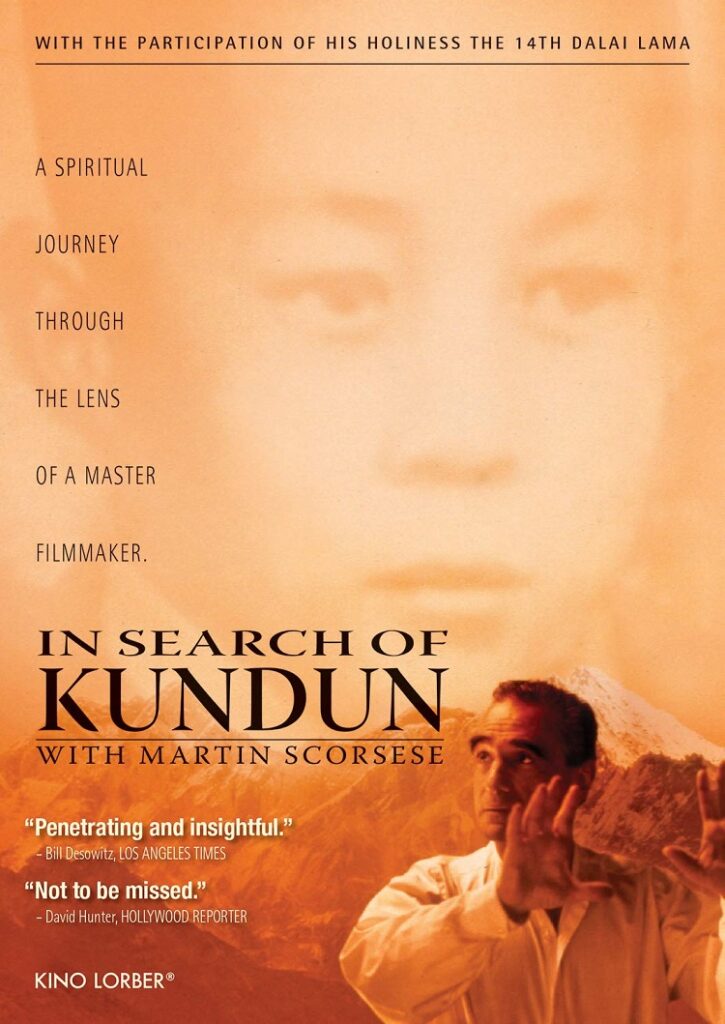
Written by Ram Venkat Srikar
When Martin Scorsese is the focal point of conversations between cinephiles, it is highly likely that the master’s gangster-films – which made him the filmmaking brand he is – permeate the circumference of the discussion. Agreed, Scorsese’s vision added a layer to the aforementioned genre, and his films have become the calibration standards to evaluate contemporary films falling under the gangster’s umbrella. Scorsese gained prominence among film enthusiasts, like myself, for his insanely popular mob dramas. Ranging from his Boxcar Bertha tohis latest The Irishman, his films carried an ethnographic sense through the characters, their accents, their ideologies, and the physical locations, to name a few. Scorsese’s ability to reflect a part of himself in his films, errr, pictures, has always complemented his brand of filmmaking. That’s what made him an auteur, I believed.
However, after I discovered the other segment of his filmography, my perception of the filmmaker he is, began to shift, for good. Like the other side of the moon, Scorsese’s faith-based epics, The Last Temptation of Christ, Kundun, and Silence, are often overlooked. Martin Scorsese’s ability to let go of his trademark and dwell into something highly remote, substantially and philosophically, and yet tell a story as compellingly as he would with his core competency- is what makes him ‘The Martin Scorsese’. In Search of Kundun, a documentary by film historian and documentarian Michael Henry Wilson captures the production of Kundun, captures this essence of the master’s style of filmmaking and his love for cinema, and by end, it is an effortless task to ascertain what sets the filmmaker apart.
Kundun, highly controversial when it was released in 1997, chronicled the life of the 14th Dalai Lama, from his discovery to exile. The subject matter doesn’t befit the blockbusters or large canvas films. It’s about faith, morality, and non-violence, things which are at the other end of the spectrum, in Scorsese’s biggest hits. Yet, he condenses the macro socio-political factors such as the invasion of Tibet and the consequences to one man’s personal response. In the hands of any other filmmaker, the film would have either been a man’s struggle or a country’s struggle. But through Scorsese’s vision, its paradigm shift in the culture of a country, seen through the eyes of one man. In the documentary, Scorsese shares his intention of making the picture is to preserve the Tibetan culture forever. He acknowledges the availability of real-life footage from various documentaries, but it’s the emotion-associated with the land that he’s trying to capture. On similar lines as Scorsese’s intentions, In Search of Kundun preserves the making of the film, and goes a step further in capturing the tiny emotions of people involved in the film who discovered their culture through the labor of love. That’s where the documentary rises above its ‘making of’ tag.
Beginning with his rendezvous with Tibet through Storm over Tibet by Andrew Marton and looking at a picture of Dalai Lama for the first time in The New York Times, we listen to the humble Scorsese as he shares numerous experiences in the times leading up to the film’s production, and it’s a sheer joy. The filmmaking’ aspect of Kundun is gradually subdued after a point, and the film never really stresses on it. We get used to the film-set atmosphere, and the artificiality that generally prevails in ‘making of’ documentaries is non-existent because this is not just the making, but to put out the shared experience of distinct individuals under the guidance of a leader coming together to pull a task. Yes, the documentary does shed light on the logistic and creative difficulties involved in making a film. But the beauty is that these sequences end-up emphasizing how funny and humble Scorsese is instead of saying how meticulous he is with his craft, or how tough a taskmaster he is. Let it be him grappling to get a flawless shot during an early morning schedule, or talking about wanting to be done with the night-shoots, there are innumerable instances that reflect Scorsese, the human, as opposed to Scorsese, the master filmmaker. If that’s not enough, we get to sneak into an Italian lunch on the film set with Scorsese savoring pasta.
The documentary also captures what Kundun actually means and stands for the Tibetans, with first-hand accounts from the Tibetan cast that comprises non-actors, again claiming its foothold that it’s not merely a making-of documentary. In Search of Kundun‘s greatest accomplishment is portraying the master filmmaker as a simple, funny man exploring history, driven by a strong passion for his craft.
In Search of Kundun is available on DVD from Kino Lorber.